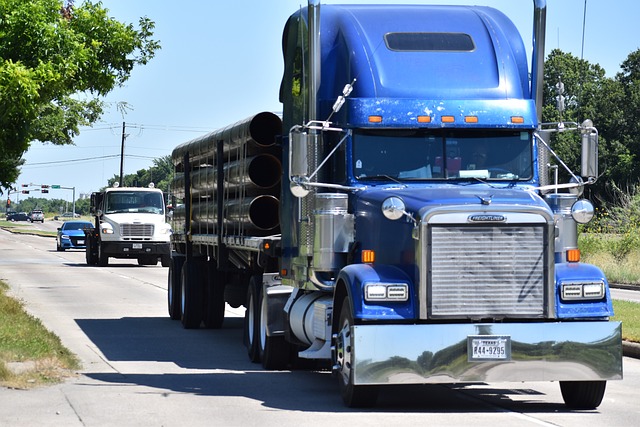Single-owner operations face unique challenges requiring tailored insurance policies offering coverage for general liability, property damage, business interruption, and professional liability. A detailed risk assessment considers size, industry, location, and operational risks to determine necessary coverage, including general liability and specific policies for errors, interruptions, equipment failure, or key person insurance. Insurers play a vital role in supporting these vulnerable businesses with customized coverage addressing personal liability, property damage, and income disruption. Prioritizing cost-effective protection through comprehensive risk assessment, standardized policies, and proactive measures leverages industry knowledge to reduce claims and lower insurance premiums.
In the dynamic landscape of small business ownership, single-owner operations face distinct challenges. This article guides you through the process of tailoring insurance policies to safeguard your unique enterprise. We explore understanding the risks specific to solo entrepreneurs, assessing necessities for tailored coverage, and strategies for cost-effective protection. By integrating these insights, single-owner businesses can navigate uncertainties with confidence, ensuring comprehensive risk management and adequate coverage.
Understanding the Unique Challenges of Single-Owner Operations

Single-owner operations present a distinct set of challenges that insurance policies must address to provide adequate coverage single-owner businesses need. Unlike larger enterprises with diverse departments and specialized roles, these businesses often have limited resources and a narrower scope, making them more vulnerable to specific risks. For instance, the owner might juggle multiple tasks, from management to operations, leaving little room for error and increasing exposure to liability claims.
Moreover, single-owner operations may lack dedicated personnel or financial reserves to handle unexpected events or legal disputes. An insurance policy tailored to these businesses should offer comprehensive protection against potential risks, including general liability, property damage, and business interruption. It should also consider specialized needs like professional liability coverage if the owner provides expert services or advice as part of their operation.
Assessing Risk and Determining Necessary Coverage

When tailoring insurance policies for single-owner operations, a comprehensive risk assessment is paramount. This involves meticulously examining the unique aspects of the business, including its size, industry, location, and specific risks associated with daily operations. For instance, a solopreneur running a mobile catering service faces different perils compared to a sole proprietor managing a stationery shop. A thorough understanding of these risks paves the way for determining the most suitable coverage.
The necessary coverage should address both the general and specific risks identified. General liability insurance, for example, protects against common claims related to injuries or property damage. Meanwhile, tailored policies might include coverage for professional errors, business interruption, equipment failure, or even key person insurance, ensuring financial stability in unforeseen circumstances. The goal is to provide comprehensive protection that aligns with the unique needs of single-owner businesses, offering peace of mind and safeguarding their operations.
Customizing Insurance Policies to Fit Specific Business Needs

In the realm of insurance, recognizing that every business is unique is paramount. Single-owner operations, for instance, require tailored coverage that addresses their specific needs and vulnerabilities. Unlike larger corporations with established risk profiles, these businesses often lack a diverse workforce and extensive operational structures, making them more susceptible to certain perils. Therefore, insurance policies must be customized to mitigate risks associated with the owner’s responsibilities, including personal liability, property protection, and income replacement.
This customization process involves a nuanced understanding of the day-to-day activities and financial commitments of single-owner businesses. For instance, if an owner operates a mobile service business, their insurance should cater to on-the-go risks like vehicle damage or accidents. Conversely, a freelance consultant might need policies that cover professional liability, intellectual property theft, and income continuity. By aligning coverage with these specific needs, insurers enable single-owner businesses to navigate uncertainties with confidence, ensuring they are adequately protected against potential losses.
Strategies for Cost-Effective Protection and Risk Management

For single-owner operations, cost-effective protection and risk management are paramount to ensuring business continuity and financial stability. One key strategy is to thoroughly assess risks specific to the operation. This involves identifying potential hazards, such as equipment failure or liability claims, and gauging their likelihood and impact. Armed with this understanding, insurers can tailor comprehensive coverage that aligns precisely with these identified risks.
Additionally, leveraging industry-specific knowledge and experience can lead to significant cost savings without compromising protection. Single-owner businesses operating in sectors with established risk profiles can benefit from standardized policies and pricing models. Moreover, adopting proactive measures like regular equipment maintenance, safety training, and up-to-date documentation can mitigate risks, reduce claims frequency, and ultimately lower insurance premiums.
For single-owner operations, tailoring insurance policies is key to navigating unique risks and ensuring comprehensive protection. By understanding specific business needs, assessing risks effectively, and customizing coverage, these entrepreneurs can secure cost-effective solutions that safeguard their investments and future prosperity. Prioritizing the right blend of protection enables them to focus on growth and success, knowing their operations are shielded from unforeseen events.
